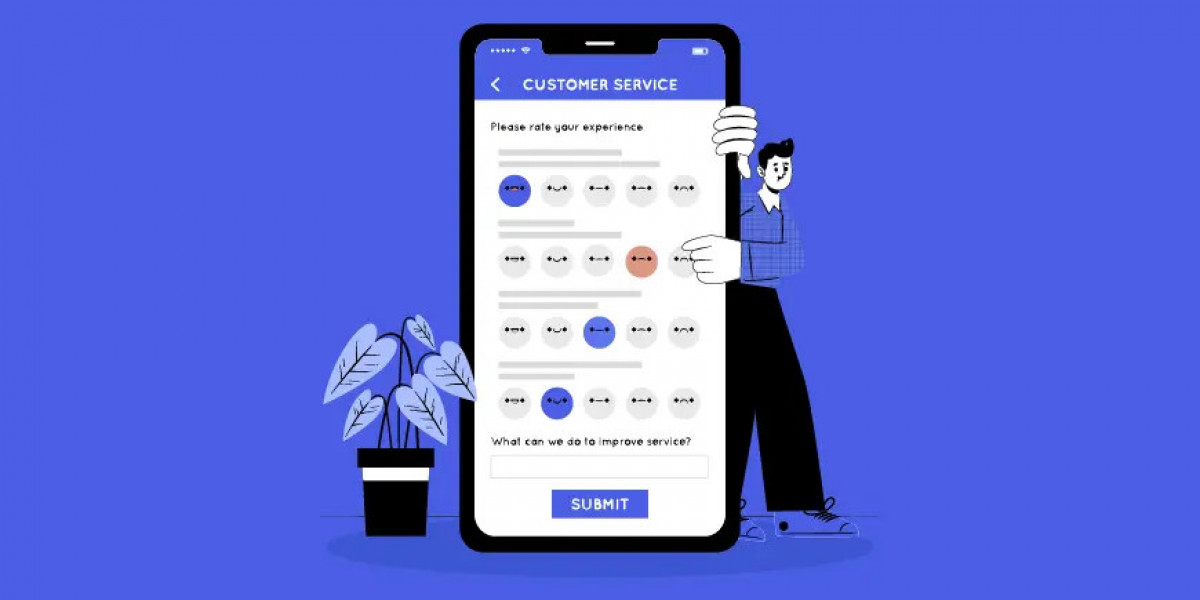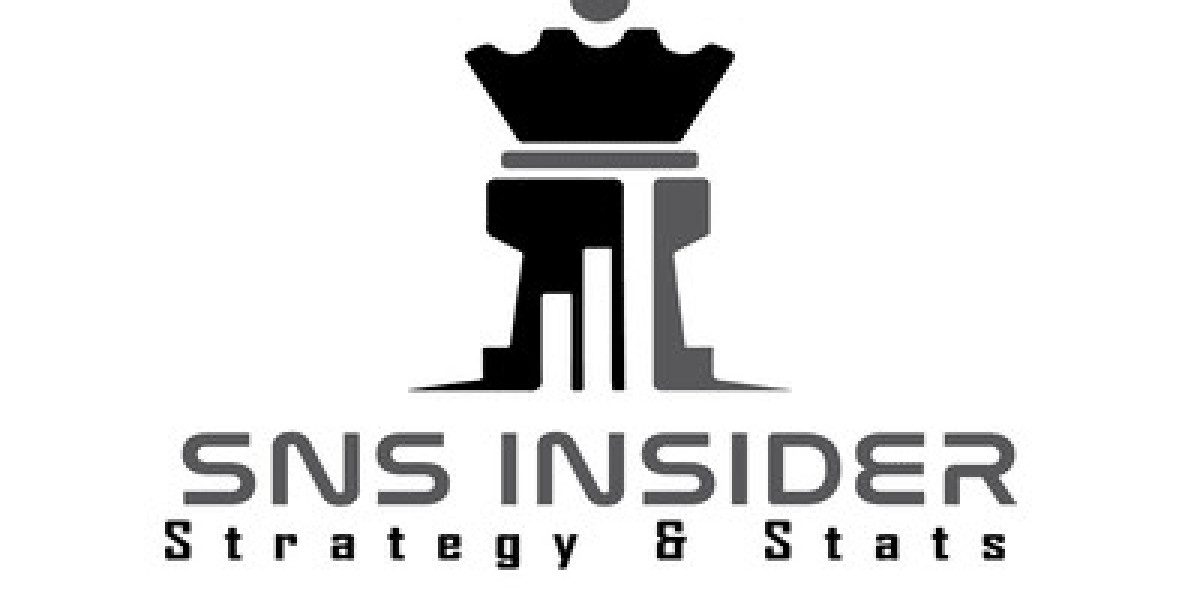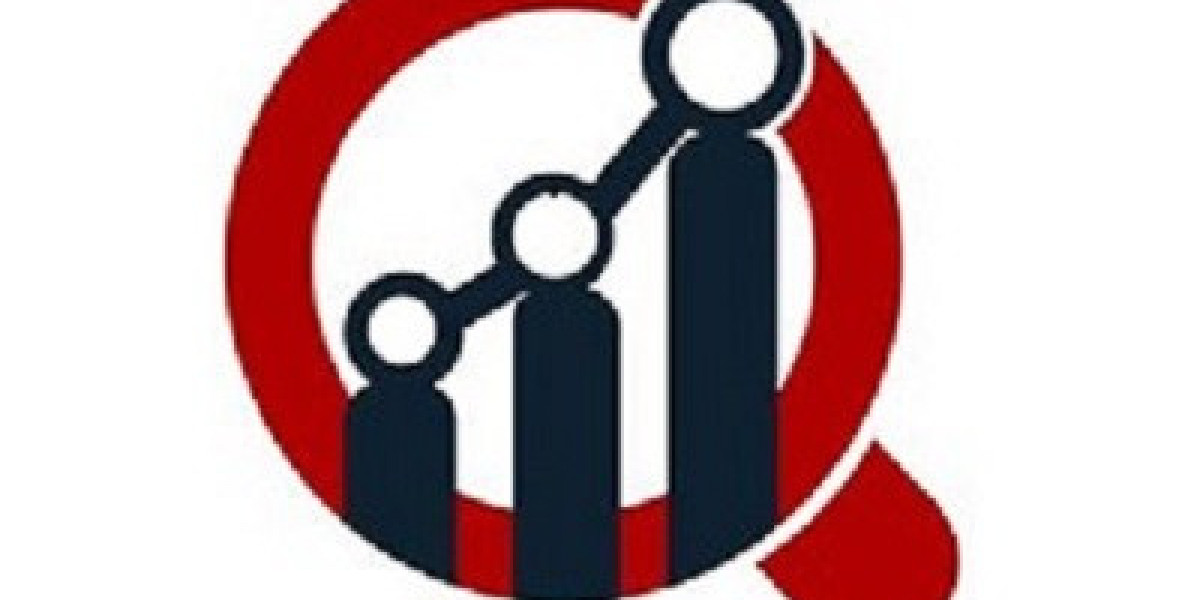Understanding Customer Experience Applications
Customer experience applications encompass a wide range of software solutions aimed at enhancing the way businesses interact with their customers. These applications leverage data, automation, and advanced technologies to deliver seamless, personalized, and engaging experiences across all touchpoints. Key categories include:
- Customer Relationship Management (CRM) Systems
- Customer Feedback and Survey Tools
- Customer Service Platforms
- Marketing Automation Software
- Analytics and Reporting Tools
The Power of Personalization
One of the most significant advantages of customer experience applications is their ability to deliver personalized experiences. By analyzing customer data and behavior, these tools can tailor interactions to meet individual preferences. For instance:
- CRMs track customer interactions and purchase history, enabling personalized recommendations and targeted marketing.
- Marketing automation platforms can send personalized emails based on customer actions, such as browsing history or previous purchases.
Streamlining Customer Service
Efficient customer service is crucial for maintaining satisfaction and loyalty. Customer experience applications can significantly enhance service delivery through:
- AI-Powered Chatbots: These provide instant responses to common queries, ensuring customers receive timely assistance.
- Unified Service Platforms: Tools like Zendesk or Freshdesk consolidate all customer interactions across various channels into a single view, allowing for more effective issue resolution.
Gathering and Acting on Feedback
Understanding customer sentiment and acting on feedback is essential for continuous improvement. Applications designed for feedback collection and analysis play a critical role by:
- Surveys and Polls: Tools like SurveyMonkey or Qualtrics help gather customer opinions on products, services, and overall experience.
- Sentiment Analysis: Advanced analytics can assess customer feedback from multiple sources, including social media, to gauge overall satisfaction and identify areas for improvement.
Leveraging Data Analytics
Data is the backbone of effective customer experience strategies. Customer experience applications equipped with robust analytics capabilities can:
- Track Key Metrics: Tools can monitor essential KPIs such as Net Promoter Score (NPS), Customer Satisfaction (CSAT), and Customer Effort Score (CES).
- Predict Customer Behavior: Predictive analytics can anticipate customer needs and behaviors, allowing businesses to proactively address potential issues and tailor their offerings.
Driving Engagement Through Omnichannel Experiences
Customers today interact with brands through multiple channels—online, in-store, social media, and more. Ensuring a cohesive experience across all these touchpoints is vital. Customer experience applications facilitate:
- Consistent Branding: Ensuring that all customer interactions reflect the brand's values and message consistently.
- Seamless Transitions: Allowing customers to switch between channels without losing context or having to repeat information.
The Future of Customer Experience Applications
As technology evolves, so too will customer experience applications. Emerging trends include:
- Artificial Intelligence and Machine Learning: Enhanced predictive capabilities and more sophisticated automation.
- Voice and Chat Assistants: Greater integration of voice-activated assistants in customer service.
- Augmented Reality (AR): Providing immersive experiences, particularly in retail and e-commerce.
Conclusion
Investing in Veras customer experience applications is no longer optional; it's a strategic imperative. These tools empower businesses to understand their customers better, deliver personalized and efficient service, and ultimately foster loyalty and growth. By staying ahead of technological advancements and continuously optimizing the customer journey, companies can ensure they not only meet but exceed customer expectations in every interaction.







